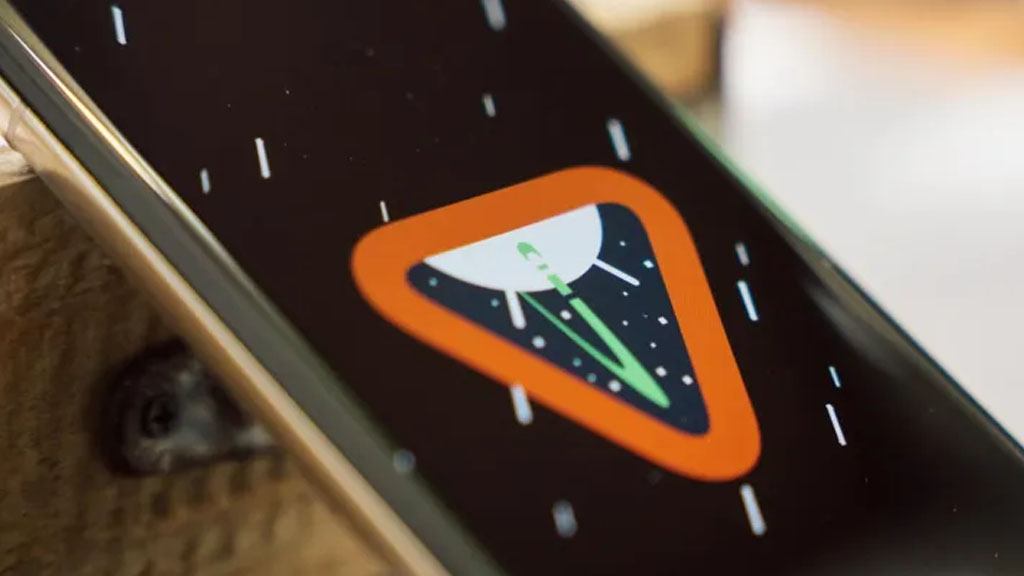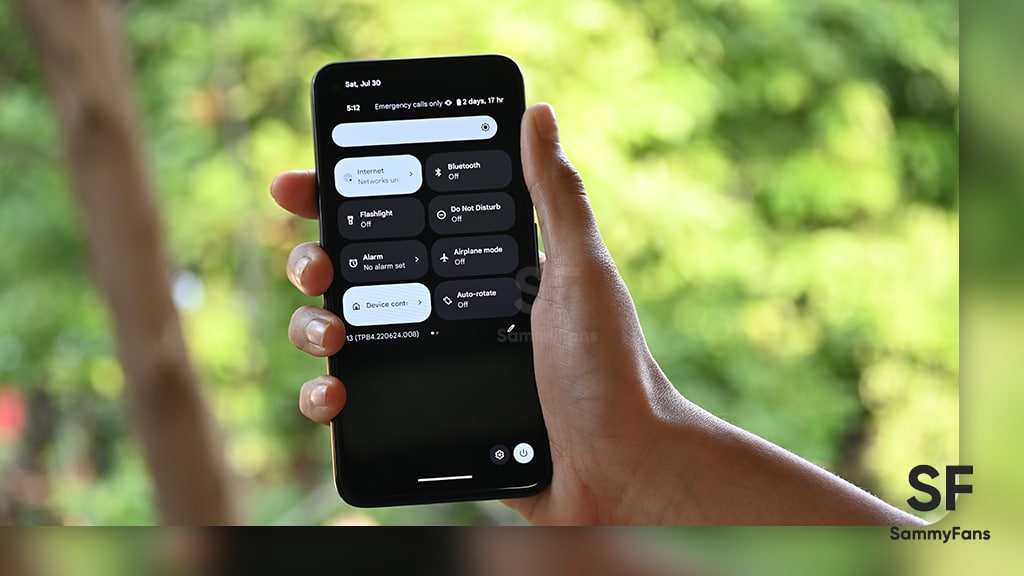Android
Android 15 Beta 3 is here with Platform Stability, tweaks and plenty of fixes

Google released the third Beta of Android 15 for Pixel phones. With the rollout of Beta 3, Android 15 reached the Platform Stability milestone, which is a pretty exciting development. It brings us one step closer to a final and stable release later this year.
Android 15 Beta 4 might be released next month, followed by a Stable release expected by October. Google has made some notable changes in the experience and functionalities through Beta 3. The update is available for the Pixel 6 up through the newly launched Pixel 8a.
Build Details:
- Release date: June 18, 2024
- Build: AP31.240517.022
- Emulator support x86: (64-bit), ARM (v8-A)
- Security patch level: June 2024
- Google Play services: 24.16.17
Android 15 Beta 3 – What’s new?
As discovered by 9to5Google, Beta 3 of Android 15 brings a redesigned wallpaper editor, adaptive timeout, a more prominent Circle to Search off switch, Android Safe Browsing, the ability to show long app names, and an updated Android 15 system icon.
Additional user-facing changes include: the volume menu can no longer be minimized, ‘Speakers and displays’ label removed, Device & app notifications turned Notification read, reply & control, a shortcut to Color contrast preferences in Settings > Display, and Home Controls screensaver for Pixel Tablet.

Resolved issues
Resolved developer-reported issues
- Fixed an issue where disabling polling using the setDiscoveryTechnology method didn’t disable polling.
- Fixed an issue that prevented the system sharesheet from loading in some cases.
- Fixed an issue that caused the system Settings app to crash when accessing screen saver options.
- Fixed an issue that sometimes caused the screen unlock icon to be displayed when notifications were on screen.
- Fixed an issue that prevented mobile network security settings from being changed.
Other resolved issues
- Fixed an issue with the Android Emulator that caused Simpleperf to crash when running a CPU profile.
Bluetooth resolved issues
- Resolved an issue where Bluetooth LE scans could persist in the system after an app crash.
- Fixed a bug in Bluetooth LE legacy advertising, where AdvertisingSet.setScanResponseData did not return ADVERTISE_FAILED_DATA_TOO_LARGE when scan response data exceeded the 31-byte limit.
- Fixed a bug that caused LE connection failures on the GATT server by passing the address type from BluetoothGattServer.connect to native.
Android
Google unveils Android 16 Developer Preview with exciting features

Google has kicked off the Developer Preview for Android 16, arriving earlier than expected. Usually, these previews begin in February, but Android 16 DP1 is launching three months ahead of schedule this year.
The earlier release of the DP1 is because Google has moved the official Android 16 release from the third quarter to the second quarter of 2025. It aims to ensure that more devices get access to the major Android updates sooner.
Android 16 DP1 is available for several Pixel devices, including the pixel 6, Pixel 6 Pro, Pixel 6a, Pixel 7, Pixel 7 Pro, Pixel 7a, Pixel Tablet, Pixel Fold, Pixel 8, Pixel 8 Pro, Pixel 8a, Pixel 9, Pixel 9 Pro, Pixel 9 Pro XL, and Pixel Pro Fold, as well as the Android Emulator. It can be identified through version BP21.241018.009.
![]()
The Android 16 Developer Preview brings new features for app developers. It brings a system photo picker that will help apps give users a smoother, more integrated way to select photos without needing extra permissions.
Another new feature is Health Connect, which lets apps access and manage medical records in FHIR format, but only with user permission. The update also includes the latest version of the Privacy Sandbox for privacy protection.
This preview program runs from November 2024 until the final public release next year. Android 16 Beta Program will begin in January, with the final stable release expected in Q2 of 2025. Stay tuned for more updates.
Android 16 to make Quick Settings access easier with one-finger swipe
Android
Google’s Android 15 QPR2 Beta 1 update is now available

Google has released the first beta of Android 15 QPR2 for Pixel users. The update can be identified via build version BP11.241025.006. However, users are also waiting for the stable release of Android 15 QPR1 in December this year.
Android 15 QPR2 Beta 1 update comes with the November 2024 security patch. It is available for a wide range of Pixel devices, including Pixel 6, Pixel 6 Pro, Pixel 6a, Pixel 7, Pixel 7 Pro, Pixel 7a, Pixel Tablet, Pixel Fold, Pixel 8, Pixel 8 Pro, Pixel 8a, Pixel 9, Pixel 9 Pro, Pixel 9 Pro XL, and Pixel 9 Pro Fold, as well as the Android Emulator.
Quarterly Platform Releases are updates that bring more noticeable changes and new features compared to the usual monthly bug fixes. These updates are perfect for testing out bigger UI changes or new features that don’t need to wait for a full Android version release.
![]()
The QPR2 Beta 1 is the second major update for Android 15, with the final version expected to launch in March 2025 (via 9to5Google). This update brings the usual bug fixes, security enhancements, and new features to test.
Users participating in the beta program are advised to report any issues via the Android Beta Feedback app, easily accessible through the app drawer or Quick Settings. Install the update now to get an enhanced experience.
Android 16 to make Quick Settings access easier with one-finger swipe
Android
Android 16 to make Quick Settings access easier with one-finger swipe

Google is reportedly going to bring an interesting change with Android 16, which will no longer require two fingers to pull down the Quick Settings panel. Previously, there were concerns that users would need to swipe down with two fingers to bring up the Quick Settings. Fortunately, Google has decided to simplify this process.
With Android 16, accessing the Quick Settings will only require a single-finger swipe down on the right half of the status bar. The one-finger swipe access aligns it more closely similar to other Android manufacturers, like OnePlus and Samsung, have designed their systems.
Several users didn’t like the idea of needing two fingers to swipe down, as it felt more awkward and less convenient. By switching to a single-finger swipe for Android 16, Google will make it easier for users to manage their settings with less effort. A well-known tipster Mishaal Rahman (via Android Authority) spotted the code for this Quick Settings change.

However, the new design still lacks the ability to swipe seamlessly between the notifications and Quick Settings panels. Hopefully, Google will add this feature before the official release.
In addition to the swipe change, Android 16 will introduce resizable Quick Settings tiles and better categorization to help users find specific settings more easily.
However, these features are still being worked on and may not be fully ready in the current beta. They are expected to roll out in the final Android 16 release, which is expected in mid-2025.












